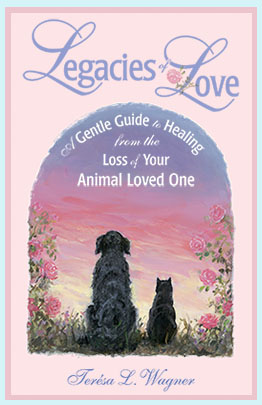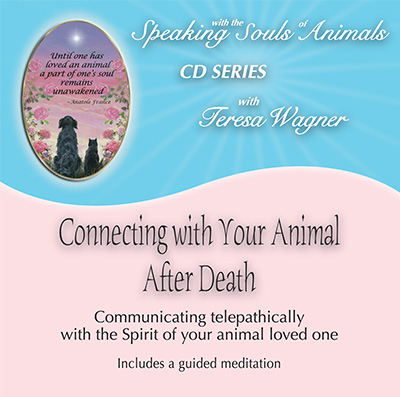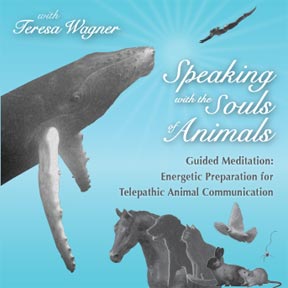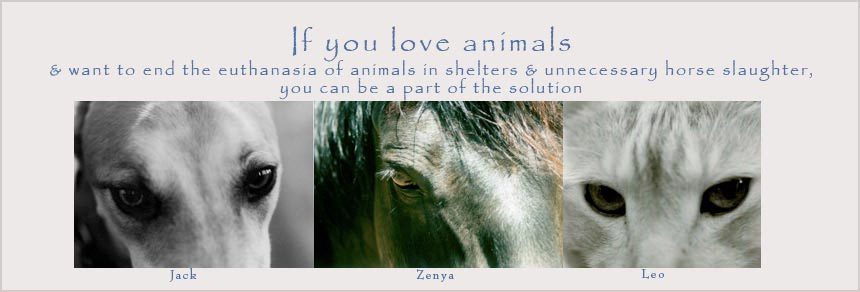Stopping the Tragedy of Shelter Euthanasia
Impact on Shelter and Animal Control Staff
For every animal who dies in a shelter euthanasia room, there is a human outside the walls of that shelter responsible for its death.
Shelter workers do the dirty work for community members who continue to breed despite overpopulation, who surrender their animals, dump their guilt, and shift the blame onto shelter staff for a problem they created themselves.
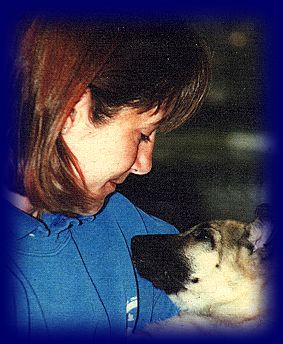
Have you ever wondered why people work at animal shelters? Have you ever thought or said, "Oh I couldn't work there, I love animals too much?" Interestingly, in response to both written surveys and verbal exercises in workshops I've conducted, involving several hundred shelter employees since 1994, the number one reason shelter workers have given over and over again for working in shelters is "because I love animals". They work there because they love animals, despite the pain and heartache they witness and feel themselves.
The next time you find yourself in a conversation with an animal shelter worker (or animal control officer or humane officer), instead of saying, "Oh I couldn't do your job, I love animals too much," try saying, "You must love animals a great deal to do the work you do." This type of comment, this acknowledgment, will go a long way toward boosting the morale of the people who care for the abused, neglected and abandoned animals of your community.
Shelter workers pay a high price of traumatic stress and compassion fatigue
I believe that the majority of front line workers in animal welfare organizations suffer from traumatic stress and compassion fatigue. Why? Because the work is the most emotionally complex and morally challenging of any trauma worker role in our society. Compassion fatigue is different from burnout in that the cause of compassion fatigue is always related to caring about, taking care of, or exposure to trauma victims, while burnout can result from any type of stress. For more than ten years I worked for a Fortune 500 corporation and facilitated stress management seminars for executives. They were not suffering from compassion fatigue, but from stress and burnout. Their stress was not caused from caring about the suffering others. The trumatic stress and compassion fatigue experienced by rescue and shelter workers is. Compassion fatigue is unique to certain roles and situations.
Post traumatic stress is experienced by the direct victims of trauma (in shelter and rescue situations, the animals). Secondary traumatic stress (compassion fatigue) is experienced by those who help and are exposed to these victims of trauma. As many of us know, being around the pain and suffering of others can be "emotionally contagious." It's difficult to see and care deeply about the suffering of others without feeling some pain ourselves.
The symptoms of PTSD and compassion fatigue are the same and can include: recurrent nightmares, recurrent and intrusive distressing recollections of the trauma, flashback episodes, intense psychological distress at exposure to cues that symbolize or resemble an aspect of the traumatic event, restricted range of feelings (i.e. blocking feelings), difficulty falling or staying asleep, irritability or outbursts of anger, difficulty concentrating, hyper vigilance and exaggerated startle response.
The factors impacting the severity of these traumatic stress symptoms include: the duration of the experience/exposure, potential for recurrence, degree of exposure to death, dying and destruction, degree of moral conflict inherent in the situation, and the extent to which the role is direct or indirect. Every one of these factors exists in the shelter/animal control/rescue workers job:
- Caring for traumatized animals is a daily event, not occasional. It is on going, not episodic.
- Exposure to death is frequent at many shelters
- Degree of moral conflict is extremely high for humans who deeply love animals and may be in a role of choosing who will live and who may die, and may be in the role of personally performing euthanasia
- Their role is seeing these animal victims of trauma is direct and hands on, along with direct and on-going exposure to the very perpetrators of animal abandonment, neglect or abuse
It is not surprising that shelter workers' scores on a Compassion Fatigue Self Test (Charles Figley 1995) are extraordinarily high. Figley's test scores are clustered in categories of extremely low risk, low risk, moderate risk, high risk and extremely high risk. In over 350 of these tests administered in my Compassion Fatigue workshops for shelter staff, every single shelter workers' score was in the extremely high risk range. Clearly, the shelter/animal control/rescue workers of our communities pay a very high emotional price for the care they give our homeless, abandoned, neglected and abused animals.
A Plea
- Please don't place the blame of overpopulation and shelter euthanasia on shelter staff. It is a community caused problem, and takes a whole community to solve:
Adopt & rescue, spay & neuter, and keep your animals!
- Support your local animal shelter with a donation of money, volunteer time, fostering animals, or needed goods such as towels, pet food, etc.
- The next time you speak with an animal shelter employee or animal control/humane officer, take the time to thank them for taking care of your community's animals in need.
Mary and Frankie

Mary Flick has worked at both the SPCA of Monterey County, California as well as the Virginia Beach SPCA in Virginia Beach, Virginia. During her years at the Monterey shelter, Mary fell in love with a little puppy named Frankie. She had a fractured leg which required special attention and rehabilitation time. Mary nursed her through this, fostering her until she was well enough and socialized enough for adoption. As they became closer and closer, Mary knew it would be extremely hard to let her go, but she already had other animals at home and knew the best thing for everyone would be to let little Frankie be adopted. The very week she seemed well enough for this, Frankie contracted Parvo. Despite efforts to help her overcome it, Frankie worsened and had to be euthanized. Mary held little Frankie and loved her and cried hundreds of tears for her as she took her last breath. This is a poem and letter she wrote to her:
You are a little angel now in heaven and probably happier than ever. It helps me to know you are no longer suffering, but Frankie, it's hard to me to let you go. So I bought an angel of love that I wear against my heart in honor of my memory of you. I will never forget you ever. You touched my heart in a way no other dog in the shelter ever has. I know that because I felt the pain in my heart for you. I know someday we will meet again ,and I will see that little face I saw when I first laid eyes on you. So happy, full of energy and love. This is memory of you:
FRANKIE
- F is for the frisky girl you were, and also for your fractured leg.
- R is for all the times we ran together on my lunch hour
- A is for the angel you are, and the little angel you were
- N is for the nibbling you always did to my fingers
- K is for the kindness and kisses that you have given me
- I is for the intriguing look of your little face, even with those big ears
- E is for everything you gave me, and for what I gave you... LOVE

